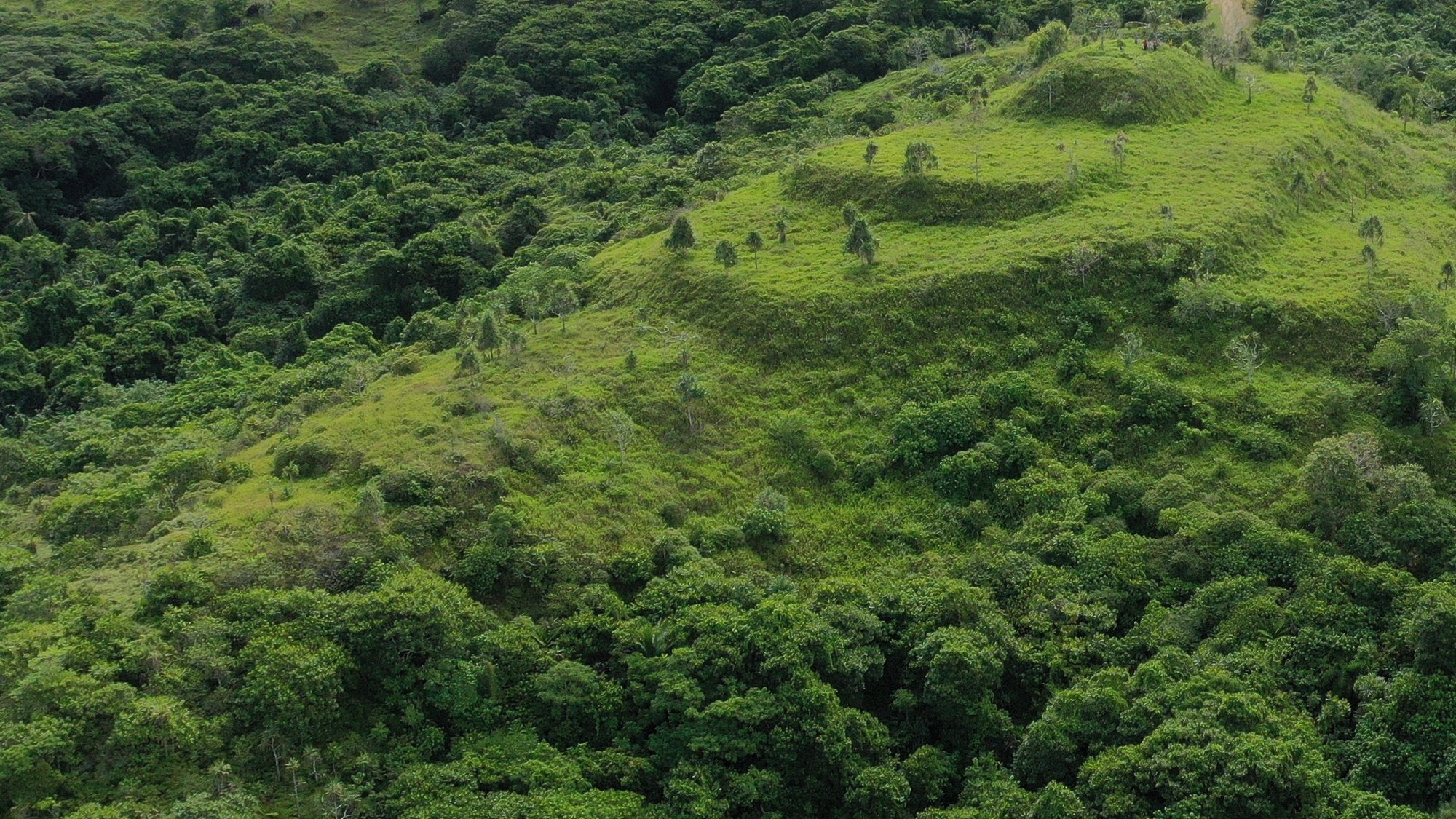Overview
Palau is part of the Western Caroline Islands and is located approximately 800 km to east of the Philippines and to north of West Papua, respectively. The archipelago consists of approximately 445 islands. The majority are relics of raised coral reefs, the so-called rock islands. The north of the archipelago consists of lager islands of volcanic origin. Babeldaob is by far the largest with an area of 376 km2.
As on the other Pacific islands, the settlement by Austronesian seafarers changed the ecosystems on Palau significantly. The settlers brought changes to the vegetation and fauna, and over centuries the landscape of Babeldaob was anthropogenically transformed to a vast degree. Monumental earthworks dominate the relief of the island to this day. The earthworks are large impressive systems of extensive terraced hills that are often connected to one another. Their origin, function, and significance are largely unexplored to this day.
The earthworks of Babeldaob are the earliest evidence of monumentality in Oceania. By the current state of knowledge, they were constructed between 400 BP and 1700 BP. The scientific investigation of the earthworks has far-reaching implications for the study of the origins of monumentality on Pacific islands. Monumentality and the connected public expression of power and control over large amounts of people is a key concept in the hierarchical societies of Oceania.

